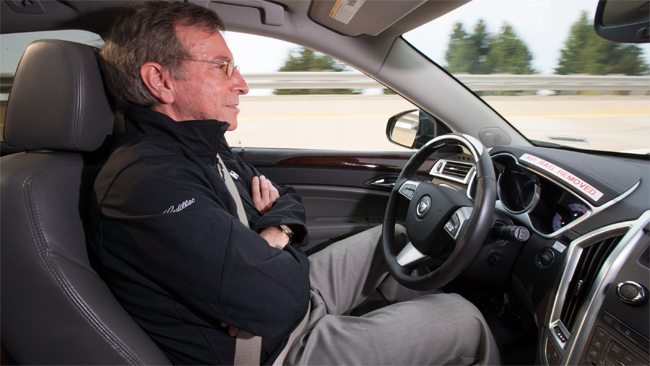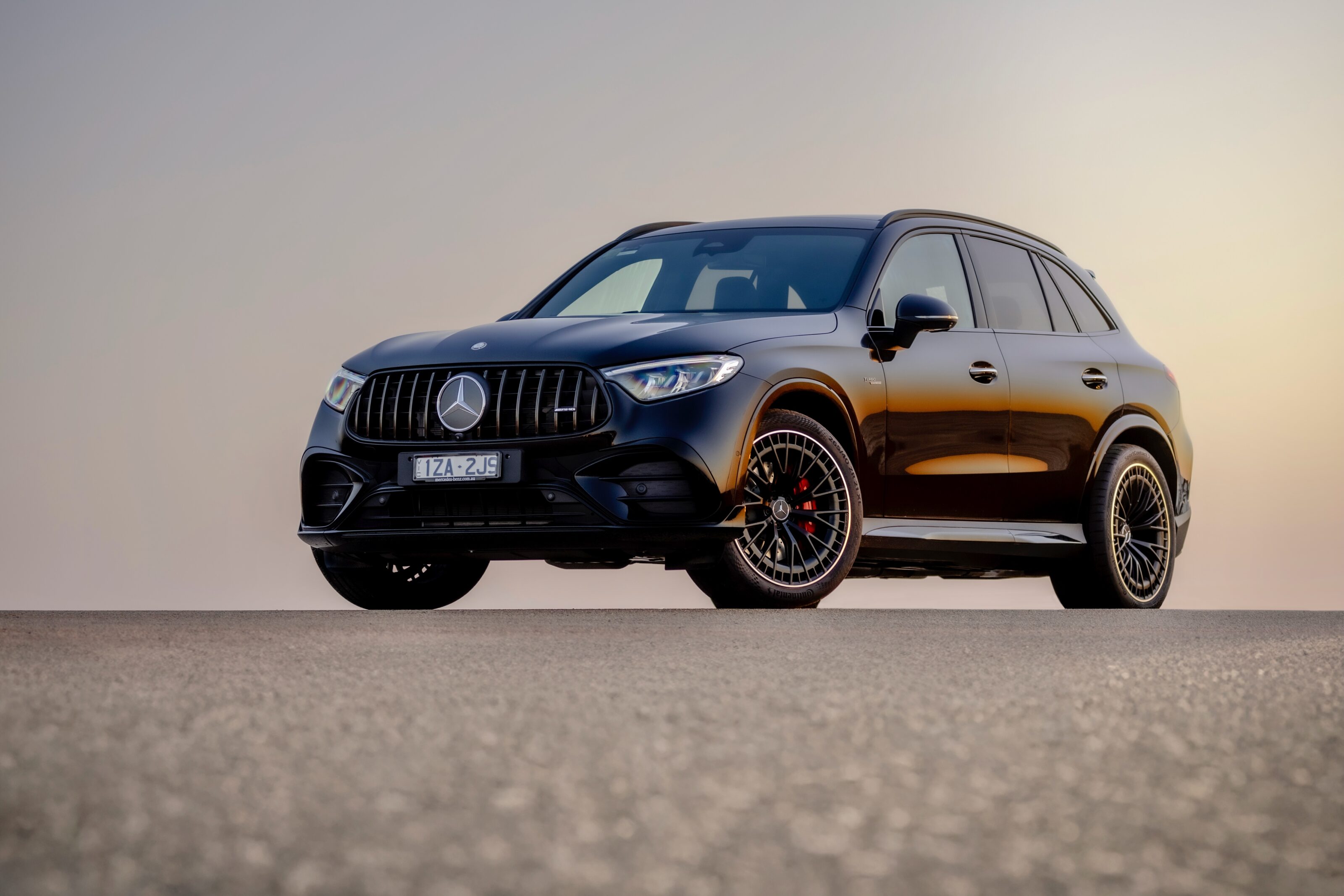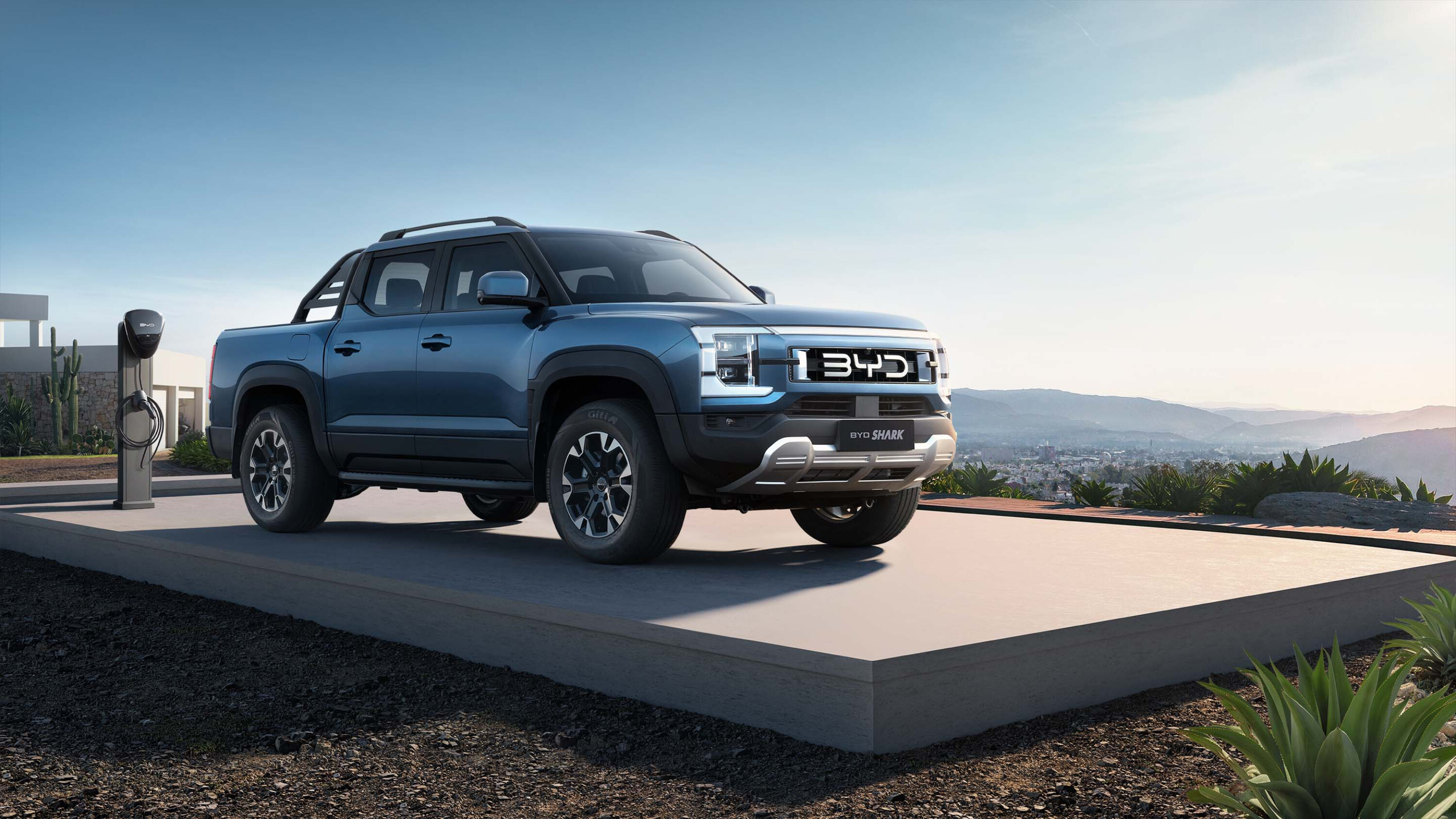Cadillac has begun testing a vehicle with semi-autonomous technology it calls “Super Cruise”. The system supposedly allows the car to steer, brake and centre itself in lanes during highway driving.
The technology works through a combination of radar, ultrasonic sensors, cameras and GPS map data.
While this doesn’t mean that we will soon be able to sit back and let our cars do all the hard work driving around city streets, it does look like a promising option for making long freeway trips a bit more bearable.
Super Cruise also represents a huge advance in safety for future cars according to John Capp, General Motors director of Global Active Safety Electronics and Innovation.
“The primary goal of GM’s autonomous and semi-autonomous vehicle development is safety,” he said in a media release.
“In the coming years, autonomous driving systems paired with advanced safety systems could help eliminate the crash altogether by interceding on behalf of drivers before they’re even aware of a hazardous situation. More than ever, consumers will be able to trust their car to do the right thing.”
Lane-centring technology is at the heart of these safety innovations. It works by using forward-facing cameras to detect road markings and GPS data to identify bends and other changes in road conditions. However, the technology is still in its early stages, with bad weather and poorly marked roads making it ineffective.
Cadillac says the Super Cruise technology could be ready for production vehicles as soon as 2015.





